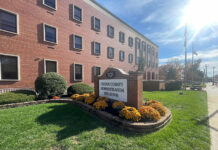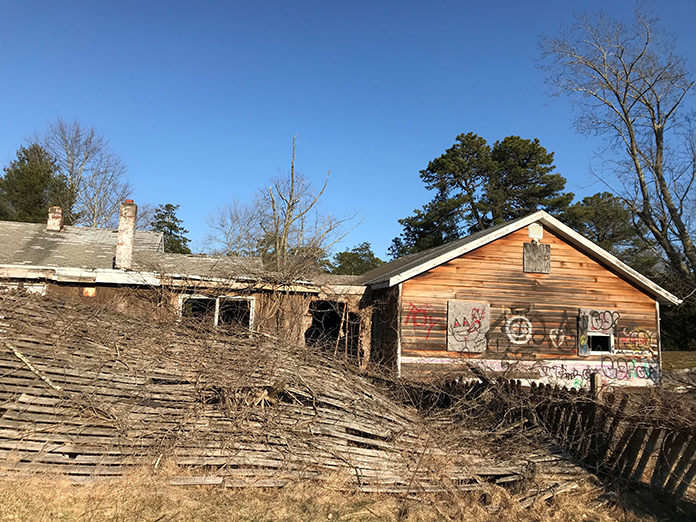
TOMS RIVER – Camp Albocondo closed years ago, visited now only by park explorers and kids looking for trouble. The township is going to take that second group out of the equation by demolishing dilapidated structures on the property.
The Township Council recently advertised bids for the demo of the handful of buildings still left – all of them subject to the elements and to mischief makers for some time now.
The Trust For Public Lands has a page dedicated to the property. It said a residential development was proposed for the site in 2010. The Trust helped purchase the land to protect it from development. In 2014, the Trust transferred ownership to Toms River Township and Ocean County.
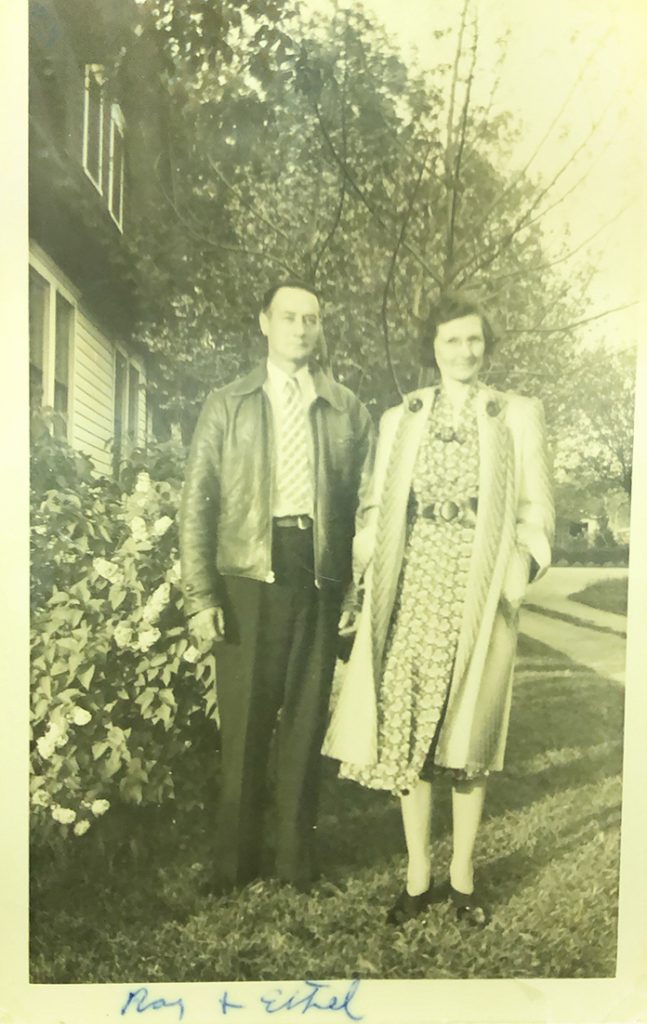
Protecting it was vital since it is part of the region’s water supply, the Trust said. It would also help collect water to prevent flooding.
Walking on the property today, it’s clear to see that the area is low-lying. Water collects in various areas. The pond is pristine. The buildings – not so much.
The ownership of the land is split roughly in half between the county and Toms River, township engineer Bob Chankalian said. Toms River owns the part that has buildings on it.
There are about nine buildings scattered throughout the property that need to come down, he said.
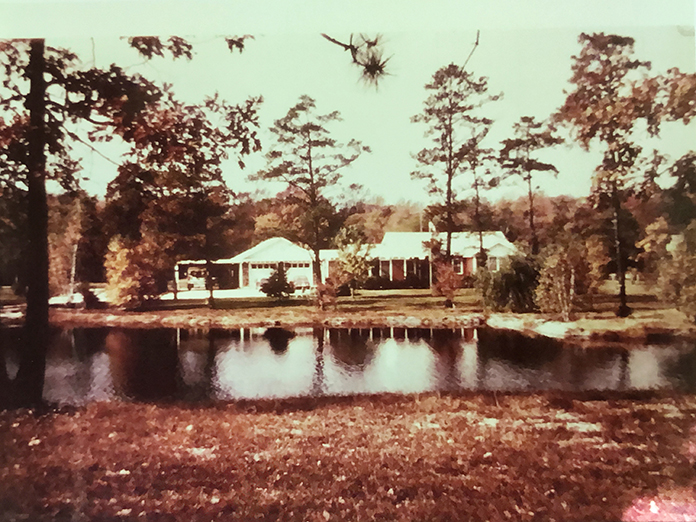
You can reach the property by parking near the Boy Scout building on Route 571. A sign for Camp Albocondo is still visible. A trail leads off into the woods alongside a large development. You’ll soon see, closer to the highway, an entrance building that looks like it’s mostly roof. It was used to greet people coming to stay.
As you hike further into the woods, you’ll find the vestiges of the camp. The buildings are all falling apart now, and littered with graffiti. But it doesn’t take much imagination to picture how it looked in the prime of its life – hosting generations of families throughout the decades.
Camp Albocondo: A History
Camp Albocondo’s history is explained in detail on the website GardenStateLegacy.com (Issue 49, September 2020). The owner of the site, Gordon Bond, and the writer of the history, Melissa Ziobro, gave the Toms River Times permission to use their research and their photographs.
Of course, since it’s in this area, the camp wasn’t the first settlers. Lenape artifacts have been found there. It was also likely the site of a grist mill and cranberry bogs.
The camp began with Charles Raymond Clayton building a one-room, waterside log cabin in the mid-1930s. The Clayton name has long roots in this area, and this is one of them. He named the cabin “Colletra,” a mix of family members’ names (sons Hugh Connelly and Lloyd, wife Ethel, and himself last, since he went by the name Ray).

Rumor has it that Ray didn’t actually own the property when he built the cabin. His son bought it later during an auction. He outbid another local, Philip Miamone, who was shouted down by the crowd at the auction, so he let Hugh win.
Hugh and Alta Jean built a home on the land in 1950 near Ray’s cabin. Borrowing from his father’s naming convention, the house was named Albocondo (Alta Jean, daughter Bonnie, Hugh Connelly, and son Douglas).
An article in The Asbury Park Press described the many rooms in the house, and how two ponds had been formed on the property by dredging cranberry bogs.
Bonnie M. Clayton Citta, Hugh’s daughter, helped with the historical article, explaining that her father built everything himself.
Although newspaper articles mentioned large gatherings at the site for clubs and social events, it formally became a campground in the mid-1960s. By 1971, there were 200 campsites, restrooms and showers. By 1975, there were 300 reported campsites. A 1990 ad boasted “200 campsites, hook-ups available. Store, game room, pool, fishing, recreation field, playground. Paddle boat, canoe and tube rentals.”
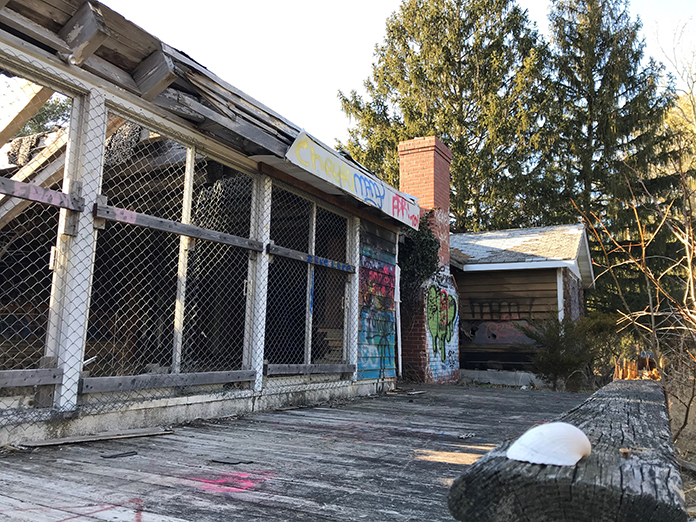
Hugh Connelly Clayton’s son, Douglas, grew up at the campsite and purchased it from his parents in 1980. He sold it to a developer, Sandcastle of Monmouth, in 2006.
The future of the site was up in the air. The developer wanted to build homes. Other members of the Clayton family wanted to buy it to start running it as a campground again. Even the Toms River School District had some interest in it. Ultimately, Sandcastle of Monmouth sold it to the Trust for Public Land in 2012.
More information about the history of the land and the Claytons can be found at gardenstatelegacy.com/files/Camp_Albocondo_Then_and_Now_Ziobro_GSL49_Sep_20.pdf and youtube.com/watch?v=Pv-8wRwJxtI






